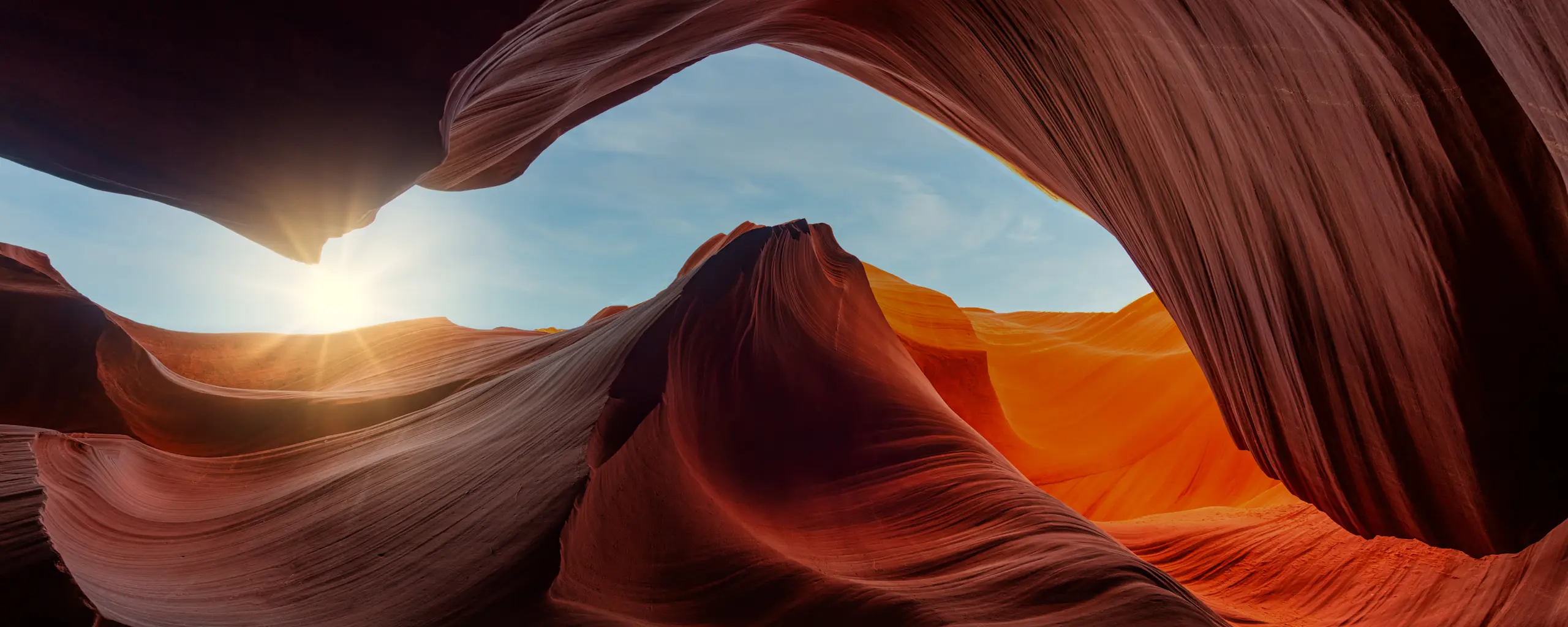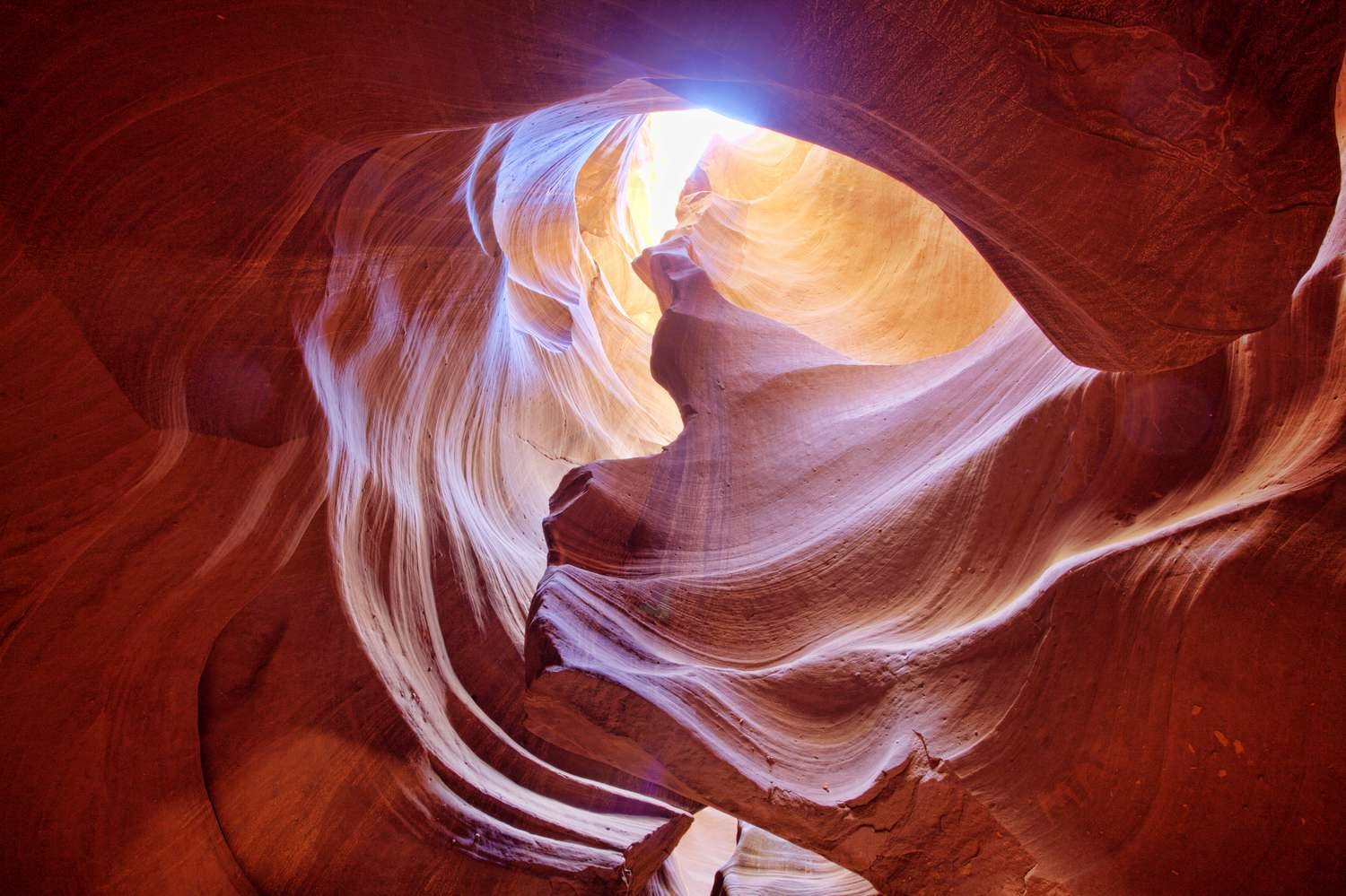Canyons are nature’s way of showing off. Carved over millions of years by rivers, tectonic shifts, and the slow, steady hand of erosion, these deep gashes in the Earth offer some of the most awe-inspiring views you’ll ever lay eyes on. In the U.S., there’s no shortage of incredible canyons—from the world-famous Grand Canyon to hidden gems you’ve probably never even heard of.

Whether you’re looking to hike into the depths, raft through roaring waters, or just soak in the dramatic vistas from above, these incredible landscapes are guaranteed to leave you speechless. Here’s your ultimate guide to exploring the most stunning, dramatic canyons in the United States—and everything you need to know to plan the adventure of a lifetime.
🏞️ Why Canyons Are So Special
Canyons aren’t just beautiful—they tell a story that spans eons. These landscapes are the result of ancient rivers cutting through rock, exposing colorful layers of geologic history and revealing fossils, minerals, and secrets of Earth’s past. And because no two canyons are exactly alike, each visit offers something new: a different shape, color, size, and vibe.
From red rock cathedrals in Arizona to sheer limestone walls in Texas, these natural wonders inspire adventure, photography, spirituality, and deep appreciation for the power of time and nature.
📍 Top Dramatic Canyons to Visit in the U.S.

1. Grand Canyon – Arizona
Let’s start with the most iconic. The Grand Canyon is the undisputed king of canyons—not just in the U.S., but in the world. At 277 miles long, up to 18 miles wide, and over a mile deep, it’s more than just big—it’s surreal.
Highlights:
- Epic sunrise and sunset views from the South Rim
- Rim-to-rim hikes for hardcore adventurers
- Whitewater rafting on the Colorado River
Pro Tip: For a less crowded experience, visit the North Rim (open May–October). It’s quieter and cooler, with just as many jaw-dropping views.
2. Bryce Canyon – Utah
Not technically a canyon, but no less dramatic. Bryce Canyon National Park is known for its eerie, fantastical hoodoos—towering spires of red and orange rock that look like something from another planet.
Highlights:
- The Navajo Loop Trail takes you right through the hoodoos
- Best stargazing due to low light pollution
- Stunning amphitheater views from Sunrise and Sunset Points
Pro Tip: Visit in winter to see the orange-red hoodoos dusted in snow—a magical contrast that’s rare in the Southwest.
3. Zion Canyon – Utah
Zion National Park is home to one of the most visually striking canyons in the U.S. With towering sandstone cliffs, emerald pools, and lush greenery lining the Virgin River, Zion Canyon is a dream for hikers and photographers alike.
Highlights:
- Hike The Narrows, where you wade through water between canyon walls
- Brave Angels Landing, a heart-pounding hike with sweeping views
- Ride the scenic shuttle to access key trailheads
Pro Tip: Spring and fall offer the best temperatures and fewer crowds.
4. Antelope Canyon – Arizona

Located on Navajo land near Page, Arizona, Antelope Canyon is a narrow slot canyon with smooth, flowing sandstone walls that glow with light beams at just the right time of day.
Highlights:
- Two main sections: Upper Antelope (easier) and Lower Antelope (more physical)
- Best photos around mid-day when sunlight beams in
- Only accessible via guided tour with a Navajo guide
Pro Tip: Book months in advance, especially if visiting in peak summer season.
5. Canyonlands National Park – Utah
Just outside Moab, Canyonlands is a massive, remote park with deep river gorges, mesas, and some of the most untouched canyon views you’ll find anywhere.
Highlights:
- Island in the Sky offers panoramic overlooks
- The Needles district features vibrant red rock spires
- The Maze is one of the most remote areas in the U.S.
Pro Tip: Don’t miss Mesa Arch at sunrise—light glows beneath the arch with canyon views behind.
6. Black Canyon of the Gunnison – Colorado

This lesser-known canyon is one of the steepest and narrowest in North America. Black Canyon features sheer, dark rock walls that drop as much as 2,700 feet.
Highlights:
- Painted Wall, Colorado’s tallest cliff
- Dramatic hiking trails like Gunnison Route and Warner Point
- Less crowded than many big parks
Pro Tip: Bring binoculars—you might spot peregrine falcons nesting on the cliffs.
7. Waimea Canyon – Hawaii
Nicknamed the “Grand Canyon of the Pacific,” this canyon on Kauai is filled with lush greenery, red rock, and stunning waterfalls.
Highlights:
- Best viewed from Waimea Canyon Drive
- Hike the Canyon Trail to Waipo’o Falls
- Combine with a visit to Koke’e State Park
Pro Tip: Go early for clearer skies—afternoon fog can roll in quickly.
8. Santa Elena Canyon – Texas

Located in Big Bend National Park, this canyon is carved by the Rio Grande and features vertical cliffs that rise 1,500 feet above the water.
Highlights:
- Kayak or canoe through the canyon for an epic perspective
- Short hike on the Santa Elena Canyon Trail
- Stunning contrast of desert and river landscapes
Pro Tip: Rent a kayak or join a guided float trip in spring or fall when river levels are ideal.
9. Kings Canyon – California
Often overshadowed by nearby Yosemite, Kings Canyon is just as stunning—some argue more so. It’s one of the deepest canyons in North America, plunging over 8,000 feet in places.
Highlights:
- Drive along Kings Canyon Scenic Byway
- Hike through Cedar Grove to stunning viewpoints
- Less touristy and more peaceful than Yosemite
Pro Tip: Visit in late spring when waterfalls are at their most powerful.
10. Hells Canyon – Idaho/Oregon

This rugged canyon straddles the border of Idaho and Oregon and is actually deeper than the Grand Canyon, plunging over 7,900 feet.
Highlights:
- Whitewater rafting on the Snake River
- Epic backcountry hiking and camping
- Wildlife sightings: eagles, bighorn sheep, elk
Pro Tip: It’s remote, so come prepared with gear and fuel. Best explored in summer and early fall.
🧭 Tips for Visiting Canyons Safely
- Hydrate: Many canyon parks are in hot, dry climates. Always carry water—even on short hikes.
- Start early: Avoid midday heat and get better lighting for photos.
- Wear good footwear: Rocky, uneven trails require sturdy hiking shoes.
- Check conditions: Some canyons (like The Narrows) can flood during storms.
- Respect local cultures: Several canyons are sacred Native American sites—follow all posted rules and use certified guides.
❓ FAQs – Exploring U.S. Canyons
Q: Which canyon is the best for beginners?
Bryce Canyon is great for beginners—it has short, well-marked trails, stunning viewpoints, and lower elevation gain than some other parks.
Q: Can I visit these canyons year-round?
Many are open year-round, but spring and fall tend to offer the best weather. Summer can be brutally hot in places like Arizona or Texas, and winter may bring snow to higher-elevation canyons.
Q: Do I need a permit to hike in these parks?
Most don’t require permits for day hikes, but backcountry or overnight trips often do. Always check the official NPS website for each park before you go.
Q: Are these canyons good for kids or families?
Absolutely! Parks like the Grand Canyon (South Rim), Bryce, Zion, and Waimea Canyon have family-friendly hikes, ranger programs, and educational opportunities for kids.
Q: What’s the most dramatic canyon for photos?
Antelope Canyon is a top pick for photographers due to its stunning light beams and narrow passageways. But honestly, all the canyons on this list offer Instagram-worthy shots.
🌄 Conclusion: Go Deep and Discover America’s Wild Beauty
There’s something truly humbling about standing on the edge of a canyon—watching the light dance across ancient rock walls, feeling the silence echo around you, and realizing how long it took nature to carve such beauty into the earth.
Canyons are more than just landscapes—they’re natural cathedrals, history books, and adventure playgrounds all rolled into one. Whether you’re peering over the Grand Canyon’s rim, kayaking through Santa Elena, or marveling at the alien shapes in Bryce, each experience is a reminder of how vast, varied, and powerful the natural world truly is.
So, grab your hiking boots, pack your camera, and head out to explore some of the most dramatic canyons in the United States. You don’t just visit these places—you feel them in your soul.
